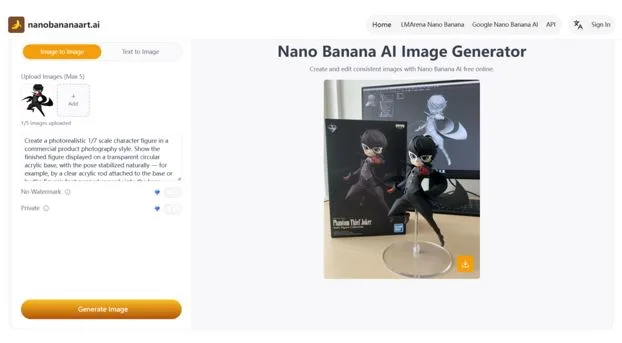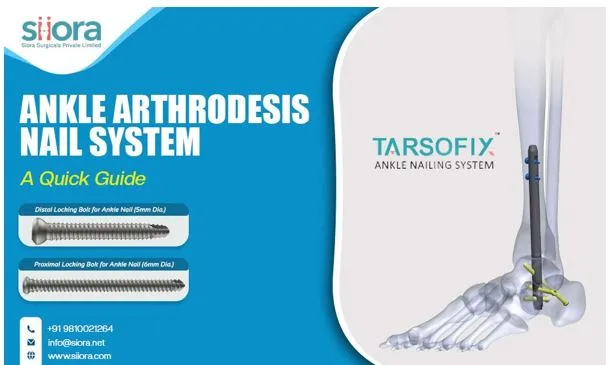How Technology Shapes Security for Healthcare Facilities
Healthcare facilities are evolving into highly digital environments, with electronic records, connected medical devices, and advanced monitoring systems becoming the norm. This transformation has made physical and digital security inseparable. Modern security for healthcare must now integrate cutting-edge technologies to protect patients, staff, and data in a fast-paced environment where every breach can have critical consequences.
The Modern Threat Landscape in Healthcare
Cyber threats and physical breaches are increasingly interconnected in healthcare. Hospitals and clinics face:
- Unauthorized access to restricted zones such as pharmacies, labs, and surgical areas
- Risks of cyberattacks targeting connected medical devices and digital health records
- Insider threats from staff misusing credentials
- The need for rapid lockdown capabilities during emergencies
This environment makes traditional locks and keys insufficient. Healthcare organizations are turning to technology-driven solutions to stay secure and compliant.
Advanced Access Control Systems
Biometric Authentication
Fingerprint, palm vein, or facial recognition systems are becoming standard in sensitive zones. Biometrics reduce risks associated with stolen cards or shared PINs, ensuring that only verified individuals gain access.
Mobile Credentials
Smartphones are replacing plastic badges. Staff can use secure mobile apps to enter restricted areas, reducing physical credential management overhead and allowing permissions to be updated instantly.
Cloud-Based Platforms
Cloud-hosted access control allows healthcare security teams to monitor multiple facilities remotely. Real-time dashboards provide insights into door activity, intrusion alerts, and system health without requiring on-site servers.
Integration with Other Security Technologies
Video Surveillance
Pairing access control with IP video surveillance provides an audit trail of every entry event. This integration allows administrators to verify identity visually, adding accountability and deterrence against misuse.
Cybersecurity Alignment
Security for healthcare facilities is no longer just about doors and badges. Access systems must align with IT policies, using encryption, multi-factor authentication, and regular patching to prevent vulnerabilities.
Compliance and Data Protection
Regulatory compliance is central in healthcare. HIPAA, HITECH, and local regulations require strict controls on who can access patient information and sensitive areas. Modern access control and monitoring systems provide the necessary audit logs and reporting features, helping organizations pass compliance checks and avoid costly fines.
Conclusion
Technology is redefining security for healthcare, blending physical and digital solutions into unified systems that protect patients, staff, and sensitive data. By adopting biometric authentication, mobile credentials, cloud-based management, and integration with surveillance and IoT, healthcare providers can stay ahead of evolving threats while maintaining compliance and operational efficiency.




